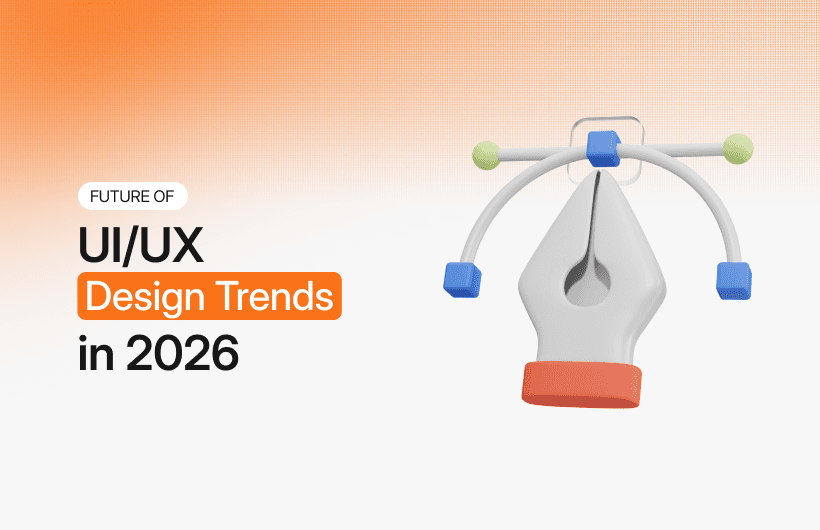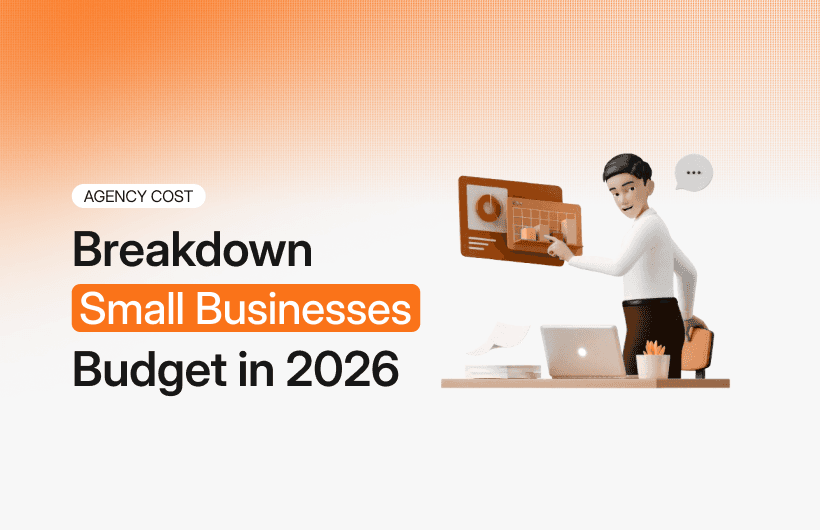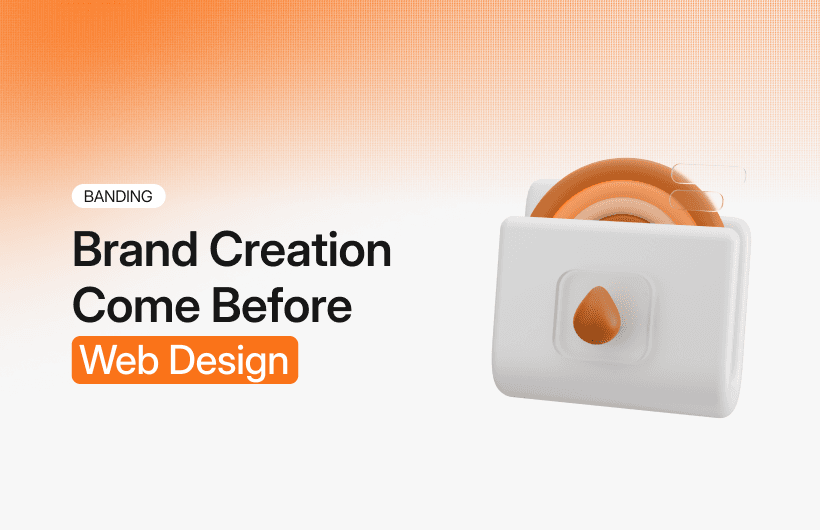Overview
Every great design starts with a simple idea. But transforming that idea into a functional, visually stunning, and user-friendly interface takes a clear process.
At Orbo Studio, we believe the best UI design doesn’t just look beautiful — it solves real problems. That’s why our process focuses on understanding people, defining goals, and crafting digital experiences that make users say “wow.” Here’s how we turn your ideas into reality — step by step.
1. AI-Powered Design Workflows
Artificial Intelligence has become an essential partner in design. From generating color palettes to analyzing user feedback, AI tools like Figma AI and Uizard are speeding up creative workflows.
For startups, this means faster design iterations and smarter decision-making. Designers can now test multiple versions of an interface in minutes — helping you get to market faster while ensuring a human-centered result.

2. Dark Mode and Adaptive Interfaces
Users now expect websites and apps to adapt to their environments. Dark mode, once optional, has become a design standard. In 2025, expect to see more adaptive designs that change color palettes, typography contrast, and animations based on user preferences or device settings.
For businesses, adaptive design means accessibility and personalization — two key factors that build trust and improve user retention.
3. Minimalism with Depth
Minimalism is here to stay, but it’s evolving. Instead of flat white spaces, designers are experimenting with depth, soft gradients, glassmorphism, and 3D illustrations to create emotional impact without clutter.
At Orbo Studio, we often use minimal layouts combined with motion and hierarchy to keep focus on what matters — your message, your product, and your call to action.
4. Micro interactions and Motion Design
Small details make big differences. Hover effects, animated buttons, and scrolling transitions add delight and guide users naturally. These micro interactions are becoming smarter, using behavioral data to predict what users might do next. For startups aiming to build brand loyalty, motion design offers a chance to express personality and emotion without saying a word.

5. Accessibility and Inclusive Design
Accessibility isn’t a trend — it’s a responsibility. 2025 is seeing a stronger push toward inclusive design, ensuring every product can be used by everyone, regardless of ability.
Design systems are now built with accessibility in mind from the start: clear color contrast, keyboard navigation, voice assistance, and readable typography. Inclusive design doesn’t just expand your reach — it shows that your brand truly cares.
6. Cross-Platform Consistency
Users move seamlessly from mobile to web to tablet, expecting the same experience everywhere. This is why cross-platform design systems are becoming standard practice.
A consistent design builds brand recognition, reduces user confusion, and saves development time. At Orbo Studio, we create reusable design systems in Figma to ensure every touchpoint feels unified and premium.
The future of UI/UX design in 2025 is intelligent, adaptive, and human-centered. Businesses that invest in thoughtful, data-driven design will not only look modern — they’ll build meaningful connections that drive growth.At Orbo Studio, we help startups and brands turn digital experiences into business impact through modern website UI design, mobile app design, and product strategy.


